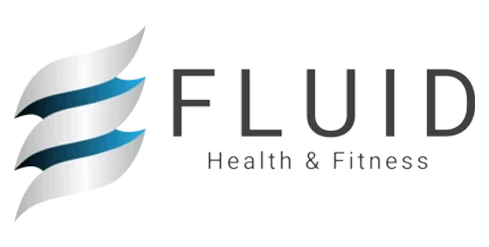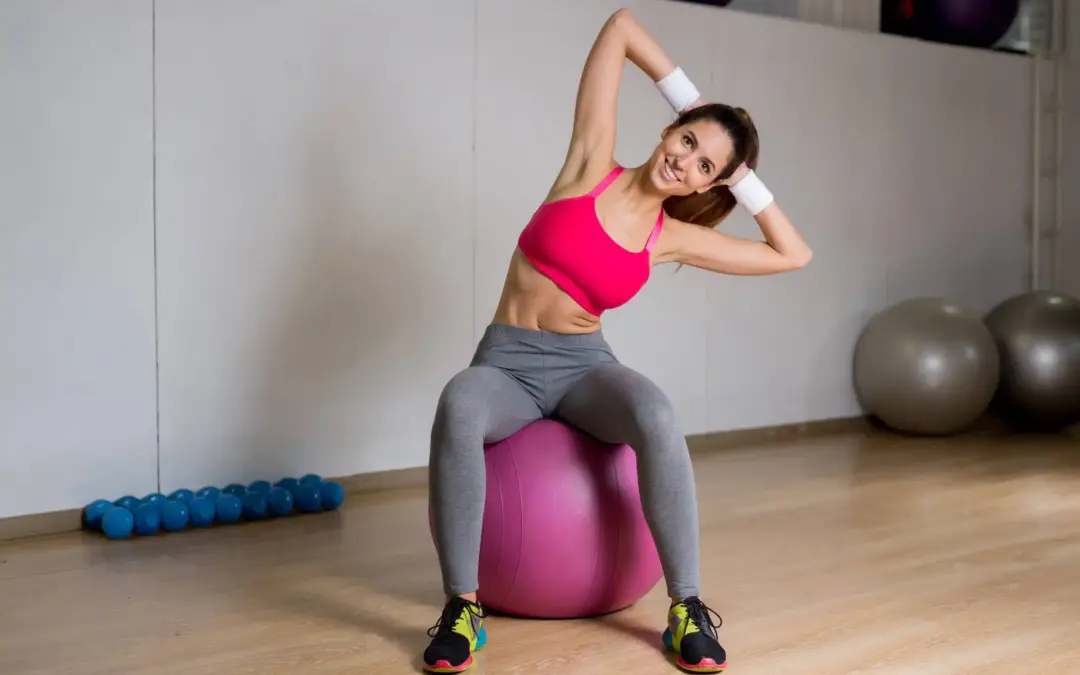Introduction
Week 5 of the Applied Fundamentals course at Fluid Health and Fitness marked the transition into frontal plane biomechanics, examining side-to-side control and balance during stance. This week focused on the cervical and cranial regions, the thoracic spine, and the femoroacetabular (hip) and femorotibial (knee) joints—each playing a pivotal role in maintaining symmetry, alignment, and dynamic stability under load.
In keeping with Fluid’s core principle—structure before conditioning, movement quality before intensity—this week emphasized postural awareness, neuromuscular control, and joint integrity across the lateral axis. By integrating corrective strategies with functional drills, you learned to reduce asymmetries, prevent injury, and enhance performance.
Why It Matters
Frontal plane control is essential for maintaining equilibrium during single-leg stance, directional changes, and load-bearing movements. Lateral deviations or muscular imbalances in this plane lead to postural collapse, inefficient load transfer, and increased strain on the spine, knees, and hips. Addressing these challenges builds a more stable base of support, enhancing both athletic output and everyday resilience.
Step-by-Step Breakdown of Week 5
|
Day |
Focus Area |
Objective |
|
Day 1 |
Cervical & Cranial |
Train head positioning and visual stabilization to reinforce frontal plane postural control. |
|
Day 2 |
Thoracic Spine |
Develop lateral spinal mobility and stability for efficient trunk support and balance. |
|
Day 3 |
Hip & Knee Joints |
Optimize frontal plane lower-body alignment and force distribution; address asymmetries from the left AIC pattern. |
Core Concepts Reinforced
- Head and Neck Stability
- Cervical Alignment: Vertical positioning of ear over sternum and pelvis.
- Cranial Leveling: Suboccipital muscles keep the eyes parallel to the horizon.
- Ensures steady visual and vestibular feedback during lateral movement.
- Thoracic Mobility and Symmetry
- Lateral Flexion: Controlled by ipsilateral obliques and erector spinae; eccentrically stabilized by contralateral QL and lats.
- Ribcage Mechanics: Expands asymmetrically to accommodate lateral shifts.
- Supports postural equilibrium and trunk responsiveness.
- Hip and Knee Joint Integrity
- Hip Abductors: Stabilize pelvis to prevent lateral drop.
- Knee Tracking: Aligned over second toe with slight valgus (~5°); guided by the screw-home mechanism.
- Left AIC Pattern: PRI concept describing asymmetrical pelvic and rib positioning; impacts frontal knee mechanics.
Preparation: Postural Screening and Sensory Awareness
- Use a mirror to check for shoulder and pelvic leveling.
- Observe head tilt or neck shift during single-leg stance.
- Evaluate ribcage expansion symmetry during lateral breathing.
- Check knee alignment in static stance and lateral movement.
Corrective Drills and Functional Strategies
- Cervical-Cranial Control (Day 1)
- Neutral alignment practice: maintain level ears and eyes.
- Eccentric lateral flexion drills.
- Head turns during single-leg stance for proprioceptive training.
- Thoracic Stability and Rib Mobility (Day 2)
- Side planks and bird dogs for anti-lateral flexion strength.
- Foam roller thoracic side stretches.
- Breathing drills focused on lateral rib expansion.
- Hip and Knee Alignment (Day 3)
- Clamshells, lateral band walks to activate glute medius.
- Step-downs, side lunges for dynamic frontal control.
- Screw-home mechanism drills with band resistance.
- PRI resets: left hamstring and glute activation; right adductor engagement to neutralize pelvic asymmetry.
Aftercare: Real-World Integration
- Reinforce cervical neutrality during balance-intensive activities (e.g., stairs, single-leg drills).
- Integrate thoracic lateral control during side shuffles or loaded carries.
- Monitor pelvic leveling and knee tracking in daily gait and athletic stance.
- Cue breathing into both sides of the ribcage to avoid asymmetrical collapse.
Checkpoint Questions
- What role does the thoracic spine play in frontal plane balance?
- How does the screw-home mechanism contribute to knee stability?
- Why is the left AIC pattern important for knee alignment?
- Which muscles control cranial leveling and how does this affect vision during movement?
Conclusion
Week 5 revealed the critical contributions of the head, trunk, and lower limbs in maintaining lateral balance and alignment. From the cervical spine’s influence on gaze and equilibrium, to the thoracic spine’s lateral responsiveness, and the hips and knees’ role in weight distribution, every segment contributes to your structural stability in the frontal plane.
Correcting imbalances, retraining postural habits, and reinforcing motor control will carry into safer, stronger movement patterns. Whether balancing in gait, resisting lateral forces, or preparing for sport-specific demands, the frontal plane is where structure meets function.
Stand balanced, align intentionally, and move with lateral strength.



